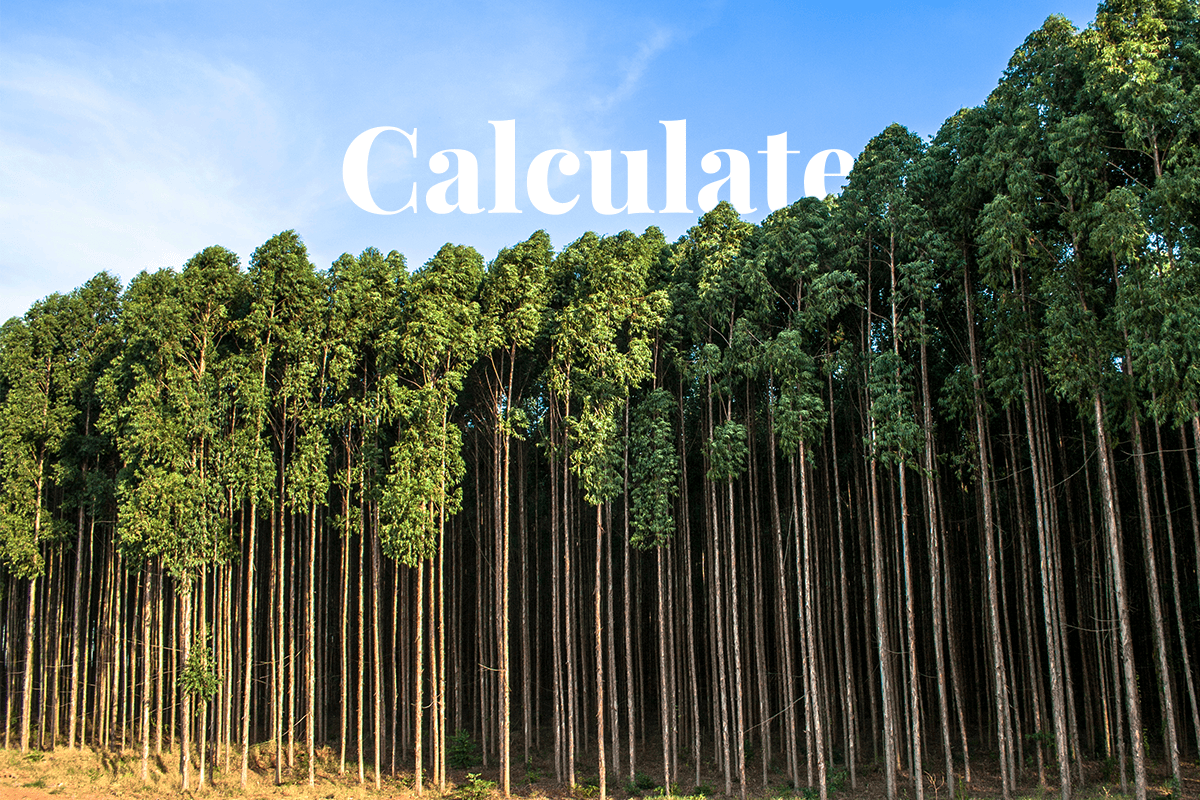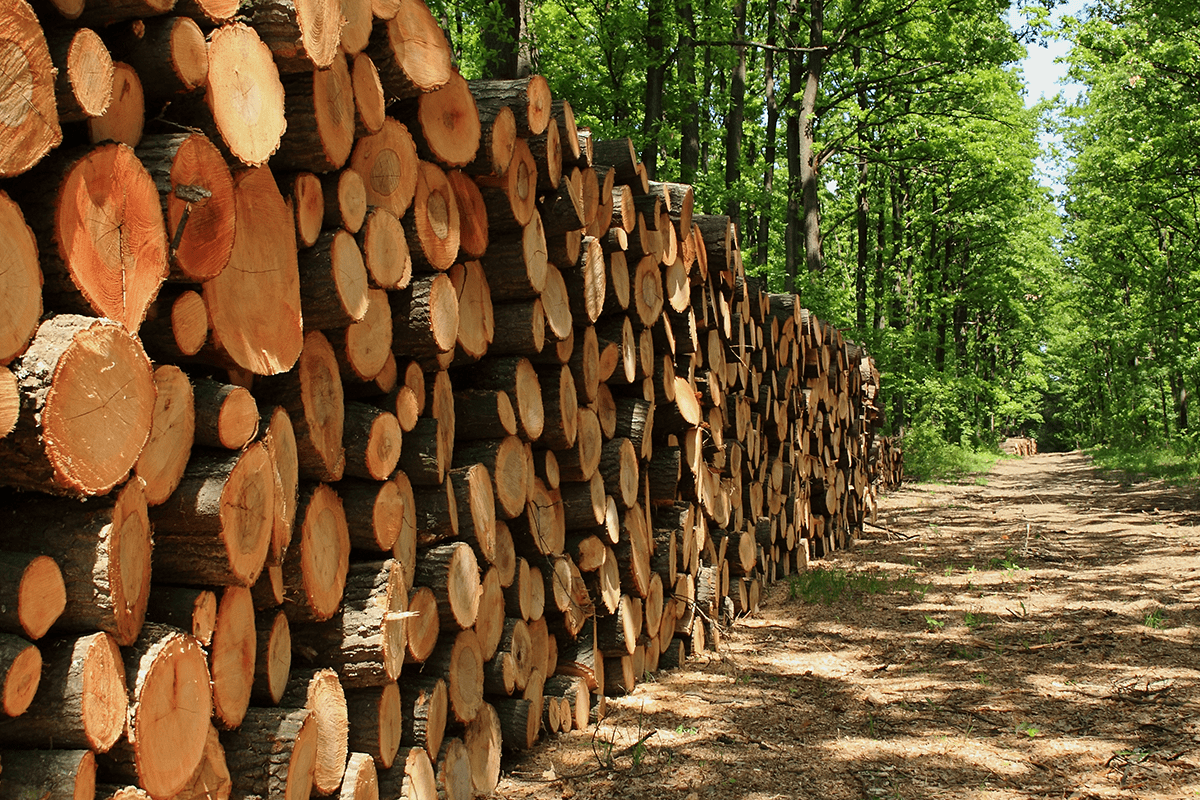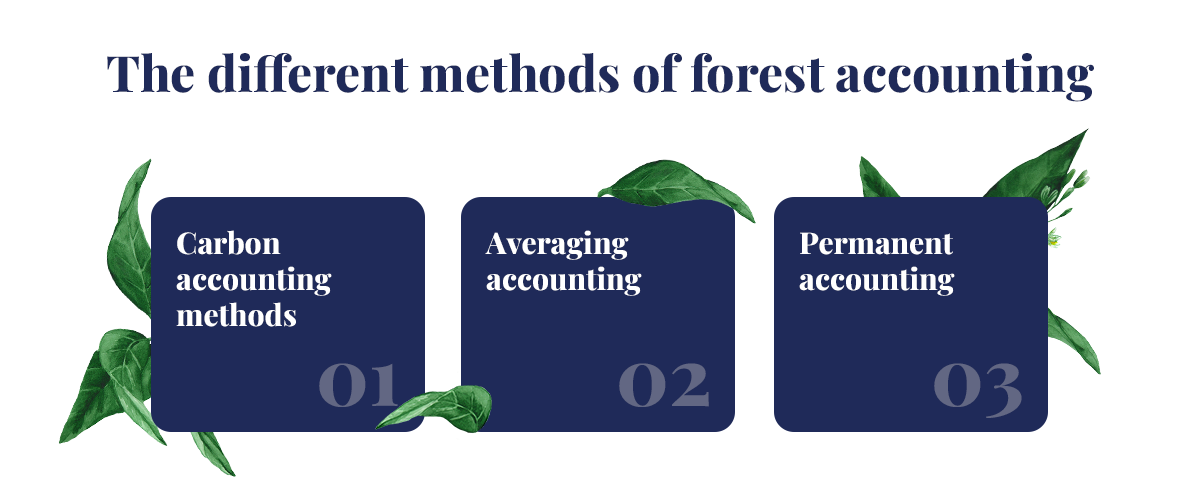Forest accounting is a step towards creating sustainability. Prospective investors and customers are increasingly interested in investing in or purchasing products and services from businesses that use environmentally sustainable practices.
The factual data offered by forest accounting aids in the achievement of net-zero goals. This is because forest accounting figures provide actual, measurable confirmation that your business is trying to cut emissions.

What is the importance of forests for the environment?
Forests are an integral component of the terrestrial environmental system. They are a valuable resource of food, water, fuel, and oxygen.
Among many other benefits, forests help prevent erosion and enrich and conserve soil. This protects communities from landslides and floods and generates the rich topsoil required to produce crops. Forests also play a vital part in the global water cycle, transporting water around the globe by emitting water vapour and collecting rainfall. They also filter out pollution and contaminants, enhancing the quality of air.
Forests are home to most wildlife and essential to biodiversity, serving as an ecosystem anchor. According to the Food and Agricultural Organization of the United Nations, forests house 80% of the world's amphibian species, 75% of bird species, and 68% of mammal species.
Learn more about: The impact of forests on biodiversity.
What is forest accounting?
Forest accounting is the collection of data that describe changes and movements in wood resources, as well as the economic values associated with them in the national economy. Aside from wood, forest accounting includes various advantages for forests with known volumes or monetary values and statistics on forest area sizes.
The monetary values refer to the change in welfare resulting from a significant adjustment in the supply of environmental goods, such as wood. Known volumes are the amount of wood in trees according to some measurement units and some use norms. The measurement can be expressed in cubic metres or cubic metres per acre. Firewood, pulpwood, or saw timber are the preferred materials for use.

What is the main goal of forest accounting?
The primary goal of forest carbon accounting is to assign a monetary value to the amount of greenhouse gases or carbon dioxide emissions produced by a forest so that it can be traded in the carbon market.
Carbon management helps businesses stay focused on achieving their targets to reduce carbon emissions. As a result, greenhouse gas accounting is an excellent tool for businesses to increase transparency among their investors, employees, and consumers.
The different methods of forest accounting

1. Carbon accounting methods
Carbon accounting is a method of calculating how much greenhouse gases a company emits. Carbon accounting, like financial accounting, analyses the impact of an organisation's economic actions; however, instead of financial impact, it evaluates climate impact.
Carbon accounting, often known as greenhouse gas accounting, is used to calculate carbon footprints for organisations, governments, and even individuals.
2. Averaging accounting
Averaging is a carbon accounting method in which a user earns carbon credits equal to the long-term average level of carbon storage in the forest over successive rotations.
Landowners can get credits for the carbon stored in their trees using averaging accounting, but only up to a specific age.
If your forest is registered using averaging accounting, you will receive units as it absorbs carbon until it achieves the quantity of carbon it is projected to store over time. This is based on the quantity of carbon stored on average across many cycles. In averaging accounting, there are precise regulations concerning forest rotations (harvest seasons) and who can earn units.
3. Permanent accounting
Permanent accounting means your forest will be preserved and will earn carbon credits as long as it continues to grow and remove carbon.
Under the permanent category, you will receive carbon credits as your forest's carbon stock increases until it reaches a steady level, as determined by EU Emissions Trading System policies. You are not permitted to harvest a permanent forest, and you must leave it standing for at least 50 years.
What are forest carbon accounting models?
When governments or regulators engage in discussions about carbon trading, they rely on scientifically sound, verifiable estimates of the value and volume of carbon created or sequestered by human activity.
For forest accounting carbon techniques, there are three options:
- Carbon in forestry stock is measured directly and on a regular basis.
- Models of carbon accounting are based on inventory.
- Carbon flux measurements are taken directly.
Forest accounting allows businesses to use environmental data. It also helps businesses understand the connections between forests and their positive social and economic effects. As a result, forest accounting helps use forest resources wisely and creates and maintains policies that can contribute to sustainable development.
How can DGB Group help your business offset carbon emissions?
DGB Group is a large-scale carbon sequestration project developer and has the tools to help you compensate for your emissions. You can use DGB’s free and easy-to-use carbon calculator to calculate the carbon emissions of your business. Carbon calculators are used to calculate greenhouse gas inventories of facilities or operations to determine the number of greenhouse gases produced in a given year. You also can choose one of our reforestation projects to buy carbon credits from and compensate for your carbon emissions.
Start calculating your carbon footprint now



